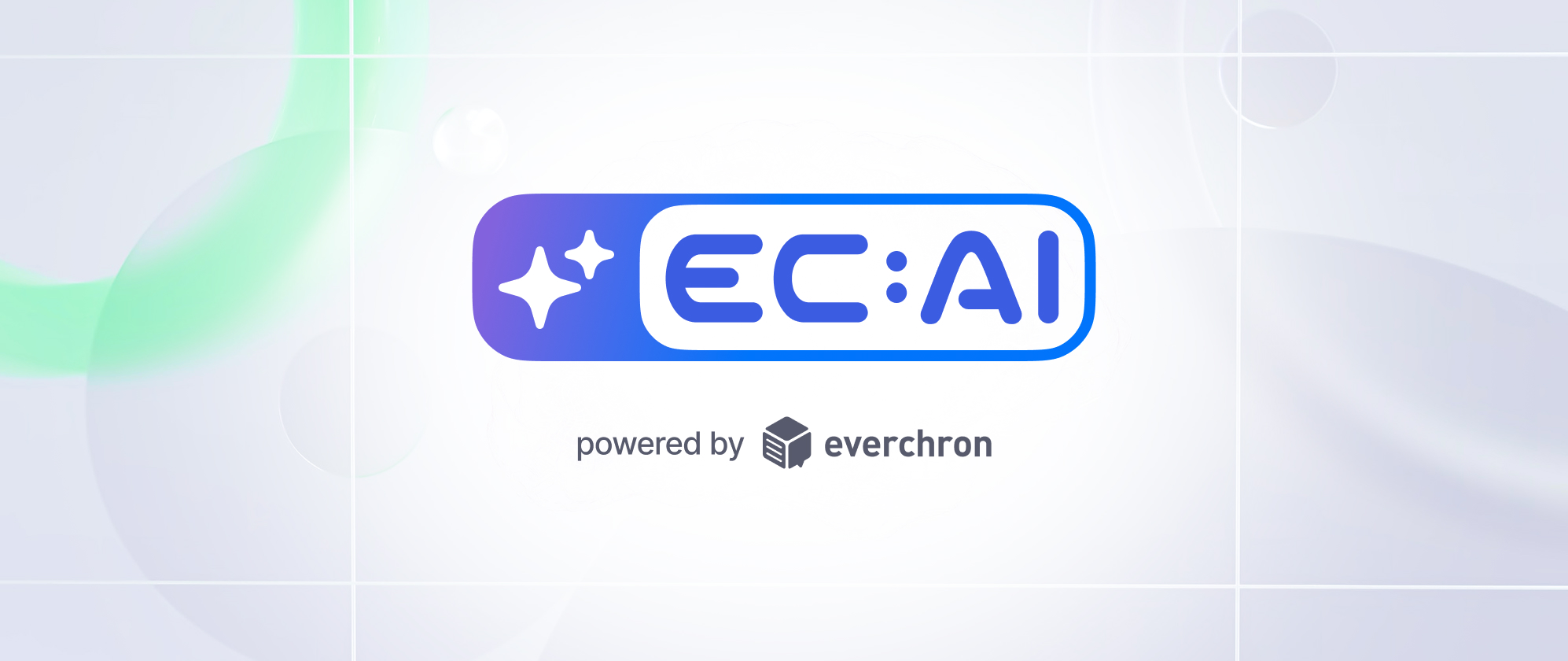
Before the pandemic, the process of taking a deposition mostly had not changed in hundreds of years. Legal professionals gathered in a room to interview witnesses under oath. These proceedings happened in person, with very few exceptions.
By the mid-2000s, the Federal Rules of Civil Procedure had relaxed its guidelines around remote depositions in cases involving out-of-state or international witnesses—but these were infrequent circumstances.
The pandemic made remote and hybrid depositions a necessity. Since then, however, they have become a common practice for legal practitioners. Like any new way of working, remote and hybrid depositions come with their own unique set of challenges and benefits.
Challenges
1. Lack of physical exhibits. During in-person depositions, legal professionals can display exhibits physically. This enables all participants to easily review the exhibits in question. However, sharing exhibits digitally during a remote or hybrid deposition can pose problems. Participants might struggle to share or view relevant files, or they might accidentally open the wrong document on screen. If different parties use different software to view exhibits, participants might run into compatibility issues that delay the deposition process. Moreover, authenticating an exhibit in a remote setting might prove difficult. Overall, participants might find it cumbersome to navigate the digital exhibit process during a remote or hybrid deposition, which may call for additional technological support to ensure a smooth proceeding.
2. Coordinating and building workflows. Remote and hybrid depositions might pose problems for court reporters too. During a traditional deposition, a court reporter takes typically receives copies of the exhibits that are marked and presented to the participants. But during a remote or hybrid deposition, a court reporter might has to juggle responsibilities like managing exhibits and keeping track of which exhibits correspond to which parts of the testimony. This expansion of responsibilities adds more complexity to the demanding role that court reporters already play.
3. Technical difficulties. Although video conferencing platforms have improved significantly since the pandemic, technical challenges remain. Participants who experience internet connectivity issues during the deposition risk confusion and disruption. Moreover, court reporters must be able to hear clearly so they can transcribe the testimony. A poor internet connection or problems with the audio or visual quality can impact a reporter’s ability to hear, potentially compromising the transcript. Stenographers, who use real-time audio to create a transcript, might struggle with delays in communication. Legal teams must ensure participants have access to stable internet and quality audio-visual equipment, and have a contingency plan to address potential technical issues quickly.
Benefits
1. Collaboration and centralized access. Remote and hybrid depositions are good opportunities for participants to use a transcript management platform. A transcript management platform enables collaborators to be able to review deposition testimony across the matter. If the examining attorney needs to reference prior testimony, they can quickly navigate to it in the cloud.
After the deposition, collaborators can view the transcript on a centralized platform. Most platforms offer synced transcripts that give users a seamless experience between transcript and corresponding video. Centralizing the process mitigates the need for time-consuming emails and calls between collaborators. Using a cloud-based platform, participants can see everyone’s updates, annotations, and designations in real time.
2. Access to broader set of potential exhibits. Using transcript management software, legal professionals can organize and store exhibits presented at other depositions, as well as key documents that could be used as exhibits. With in-person depositions, the examining attorney has to account for any potential exhibit they want to use, and ensure physical copies are present ahead of time. With virtual depositions, every document in your litigation management platform can be pulled up and introduced as an exhibit. This not only streamlines the preparation process but also allows lawyers to adapt to the live testimony by introducing new exhibits as needed.
3. Flexibility. With the advent of remote and hybrid depositions, legal professionals now have more flexibility than ever before. Legal teams, clients, and witnesses can participate in depositions from anywhere in the world. Remote depositions remove logistical hurdles in cases that involve out-of-town witnesses or experts. Instead of having to juggle cumbersome logistics, legal teams can solicit testimony from participants who do not even have to leave their homes. Moreover, the flexibility extends beyond location -- remote depositions allow teams to adjust to witness availability and other unexpected changes as they come up.
Conclusion
Remote and hybrid depositions provide useful avenues for legal professionals to streamline the way they work. While some might prefer in-person depositions, video conferencing platforms have made it possible for legal professionals to approach their cases with more flexibility. This is a massive boon for clients and for legal teams in the long run.

